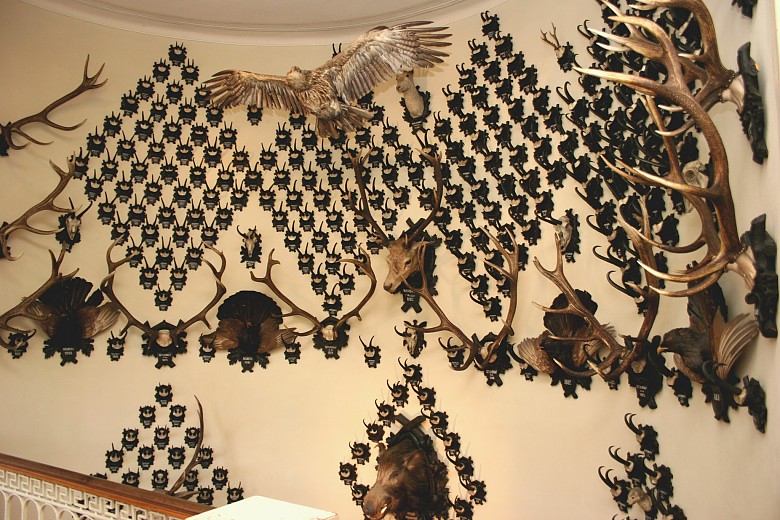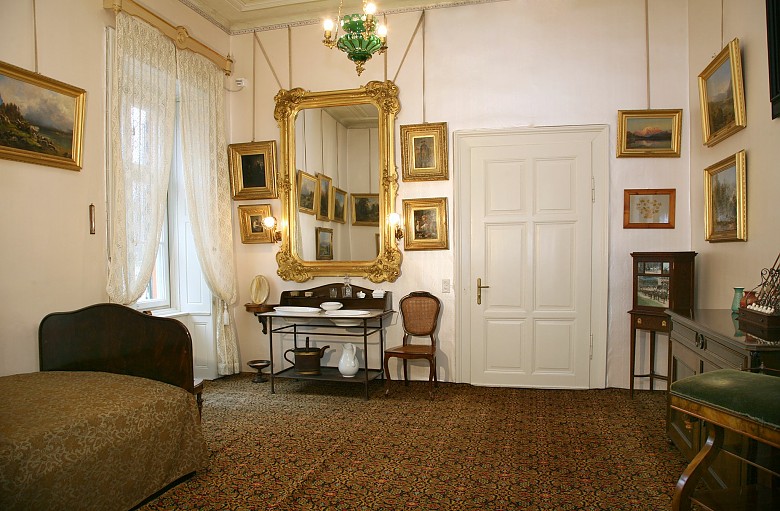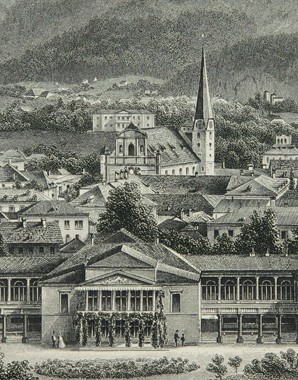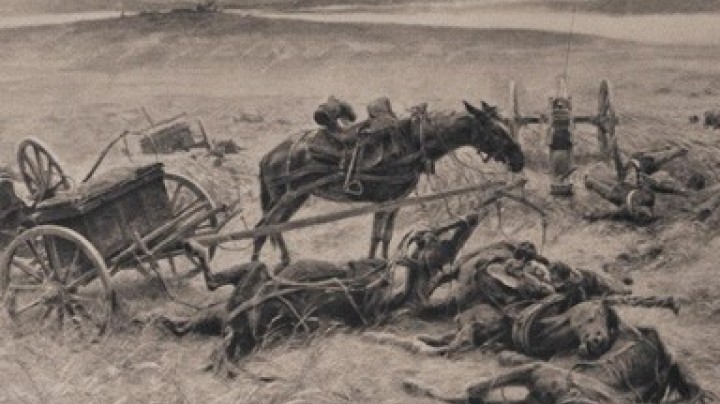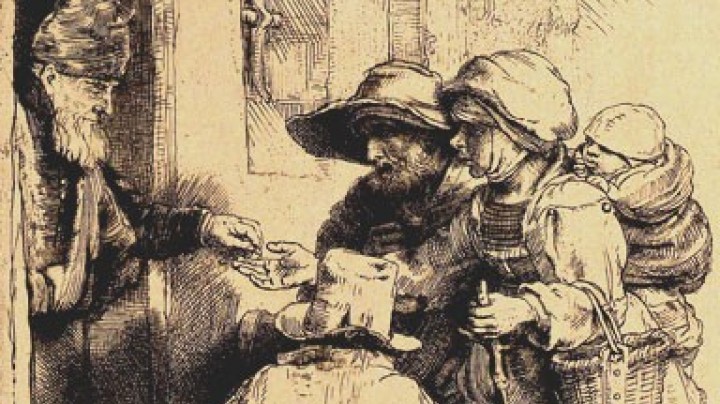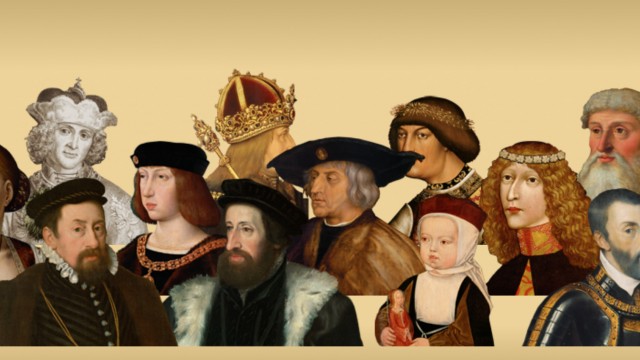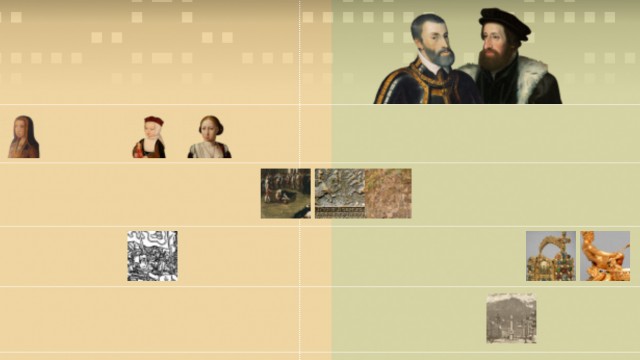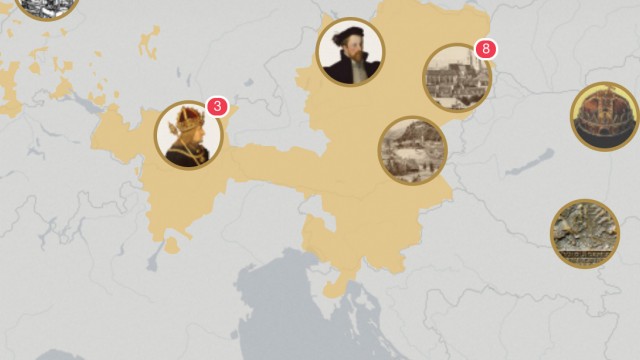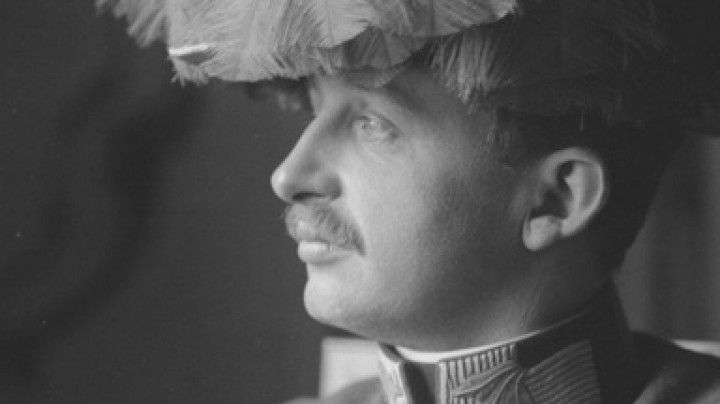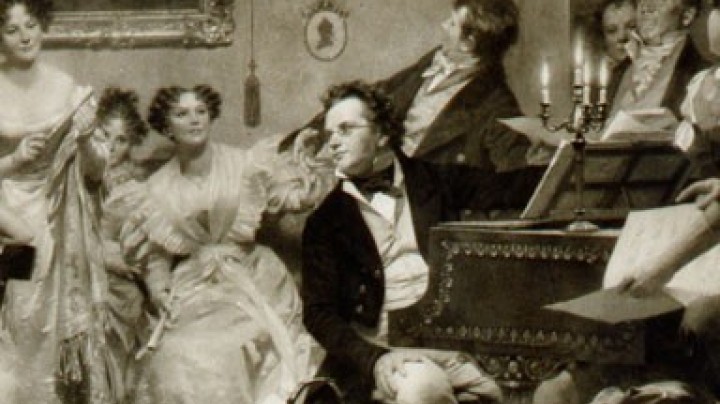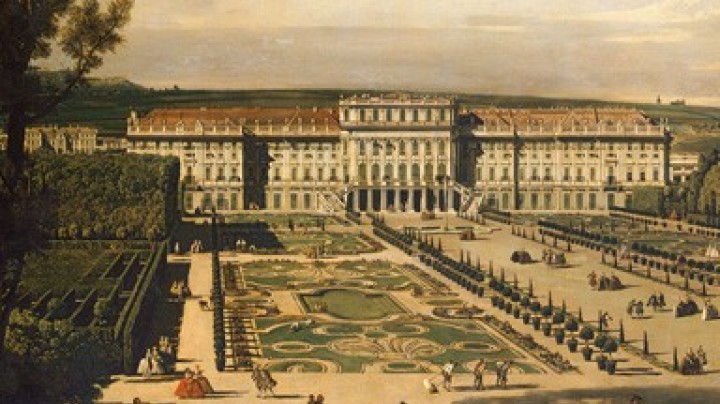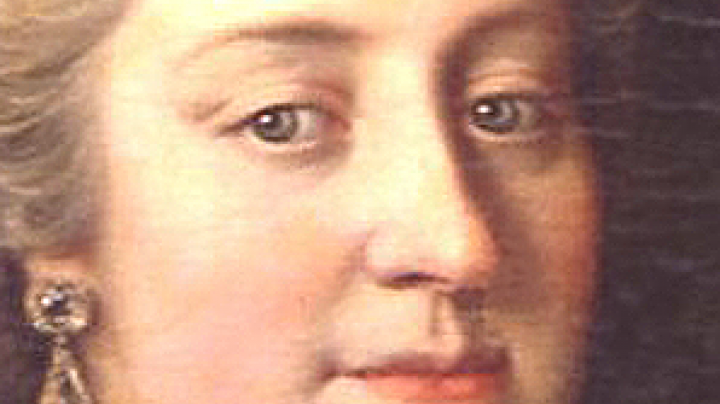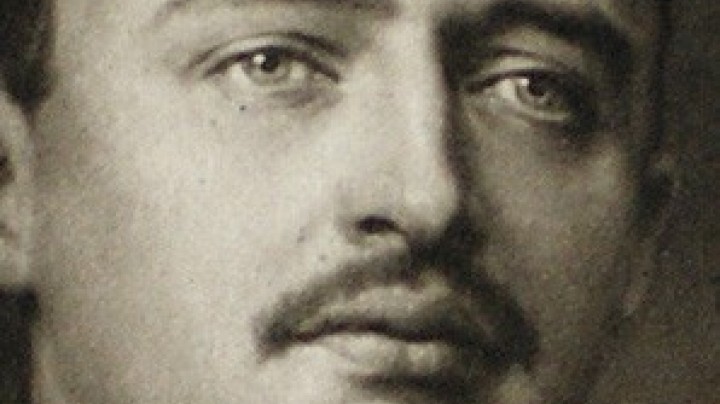The emperor on his summer retreat: the imperial villa at Ischl
The imperial villa in the spa town of Ischl is the most visited tourist attraction in the Salzkammergut. Still owned by the Habsburg-Lorraine family and retaining its original furnishings, the former summer retreat of Emperor Franz Joseph provides an almost unique insight into the private life of the Habsburgs.
It was to be the love of his life – at least for Emperor Franz Joseph. And it is not his beloved ‘Sisi’ who is being referred to here but the imperial villa at Ischl. Immediately following the engagement of her son Franz Joseph to Elisabeth his proud mother, Archduchess Sophie, began negotiations with the aim of purchasing the Villa Eltz, a Neoclassical building in a superb location on the slopes of the Jainzenberg.
The villa was extended and remodelled in 1853/54 to serve as the young couple’s residence during their summer sojourn at Ischl. Side wings were added to the existing villa and joined by open pergola arcades to the central range on the side facing the garden. The resulting outline in the shape of a letter E has been interpreted as a gallant reference to the empress.
The intention was to preserve the impression of a simple country seat. The retinue that accompanied the emperor to Ischl every summer was accommodated in the town. If head of state had to be received during the emperor’s summer retreat at Ischl, he and his entourage were put up at local hotels and never at the imperial villa. And of course Katharina Schratt, the ‘gracious lady’ and intimate friend of the emperor, did not stay at the imperial villa but at the Villa Felicitas, where Franz Joseph visited her almost every day.
The service buildings housing the kitchens, the staff accommodation and the stables were built at a distance behind a screen of trees. In 1890 a power plant was built to supply electricity to the whole building complex.
To a large extent, the interior furnishings of the villa display no obvious references to the high office of its owner. By contrast the emperor’s favourite pastime of hunting is everywhere in evidence: the walls of the entrance hall and stairwell are crowded with hunting trophies. Compared to other imperial residences, the reception rooms are rather modestly furnished. The private rooms are relatively small but notable for their cosy atmosphere, reflecting the tastes of their occupants. In the emperor’s bedroom are several barometers which recall Franz Joseph’s attempts to forecast the unpredictable Salzkammergut weather in order to be able to plan his strictly regimented daily routine in advance.
After Franz Joseph’s death, the villa passed to his youngest daughter Marie Valerie, whose descendants still own the estate. Numerous personal objects once owned by Franz Joseph and Elisabeth which have been passed down within the family complete the authentic atmosphere.


